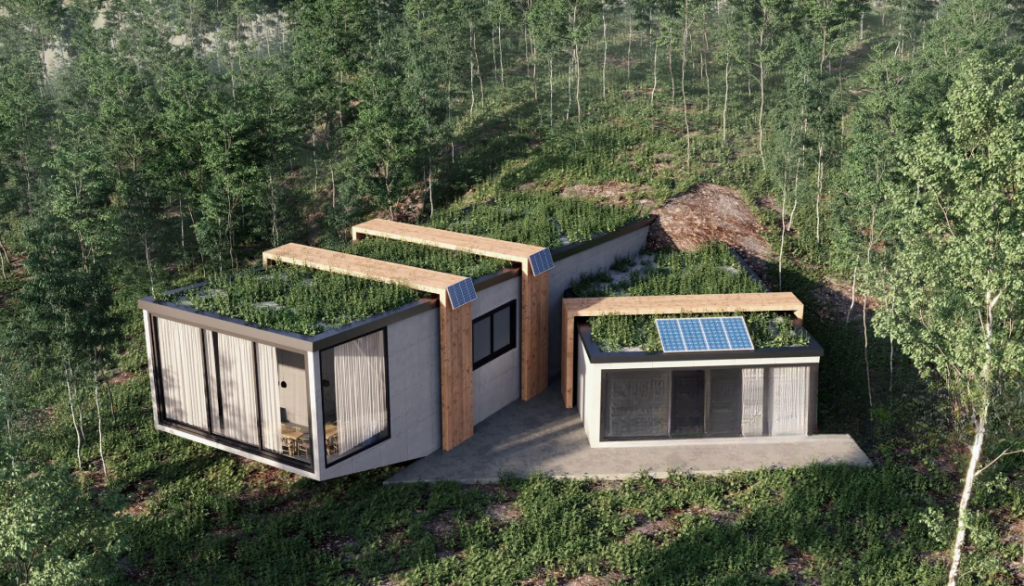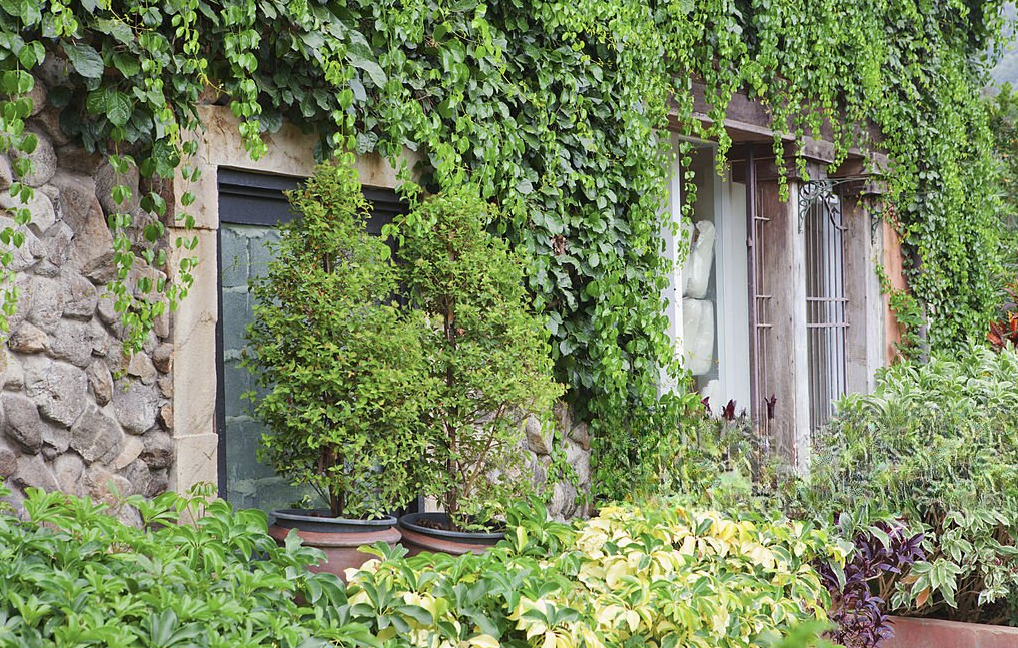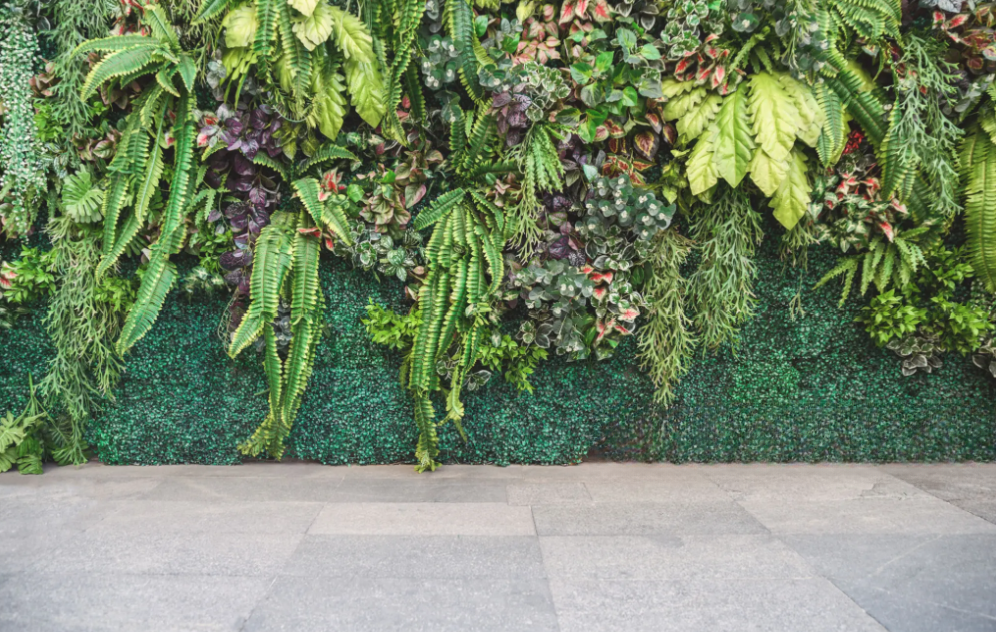As San Diego homeowners seek sustainable urban solutions, green roofs and living walls present themselves as innovative and eco-friendly options. Green roofs transform your typical shingles or tiles into living, breathing ecosystems, playing a crucial role in cooling buildings naturally, while living walls turn vertical spaces into lush tapestries that can improve air quality and biodiversity. These installations are more than just aesthetic enhancements; they’re functional home additions contributing to San Diego’s sustainability goals.
Adapting to eco-friendly practices such as green roofs and living walls can also have significant economic advantages for homeowners. Green roofs help reduce heating and cooling costs by effectively insulating your home. Similarly, living walls act as natural air filters, potentially lowering the reliance on mechanical ventilation. These green installations contribute positively to your well-being, offering a tranquil environment amidst the urban landscape and encouraging community engagement around green initiatives.

As a San Diego homeowner considering green roof technology, you should understand the critical components that make up these eco-friendly structures. The design of your green roof largely shapes its sustainability performance and is pivotal in supporting urban biodiversity.
Extensive Green Roofs:
These are lightweight, low-maintenance green roofs that typically feature shallow substrate depths. Your choice of plants should lean towards drought-tolerant plants that can thrive in light soil, such as sedums and certain grasses. The benefits of extensive green roofs include a decrease in stormwater runoff and improved energy efficiency due to their insulation properties.
Intensive Green Roofs:
Characterized by deeper soil levels, intensive green roofs allow for a broader range of plant species, including small trees and shrubs. They require more maintenance but offer substantial environmental benefits such as enhanced urban biodiversity and the creation of recreational spaces.
Semi-Intensive Green Roofs:
These hybrids of the two types above offer a middle ground regarding design complexity and maintenance needs. They allow for diverse plant selection while providing extensive and intensive systems’ insulation and sustainability advantages.
Key aspects to consider for your green roof:
Living Walls, also known as green walls or vertical gardens, are installations where plants are grown on the vertical surfaces of buildings. They provide aesthetic value, mitigate the urban heat island effect, and improve air quality in densely populated areas.
Benefits of Living Walls:
Factors to consider:
By incorporating these innovative, eco-friendly technologies into your home, you contribute to building a more sustainable future while enjoying the numerous environmental benefits and aesthetic pleasures they offer.

As a homeowner in San Diego, embracing green roofs and living walls provides you with impactful environmental and economic benefits. These innovative additions to your home contribute to a sustainable future and offer practical, cost-saving advantages.
Water Efficiency: By integrating green roofs, you optimize water management in two significant ways. First, these systems naturally absorb rainwater, reducing stormwater runoff and potentially lowering the strain on municipal systems. Second, the plants’ evapotranspiration effect can lead to considerable energy savings, as your home will require less cooling, especially during San Diego’s warmer seasons.
Energy Efficiency: Living walls and green roofs act as natural insulators. During summer, they minimize your reliance on air conditioning; they help retain indoor heat in the cooler months. This insulation translates to lower energy costs and a more regulated indoor climate year-round.
Biodiversity: Greenery is sparse in urban settings. Your green roof or living wall creates a habitat for diverse flora and fauna, thereby enhancing local biodiversity. This new ecosystem can be a stepping stone in an environmental corridor, inviting beneficial insects and birds into the urban landscape.
Air Quality: The plants in your green infrastructure are crucial in filtering pollutants and particulates from the air, tackling air pollution, and enhancing the air quality around your home. Breathing cleaner air is a direct health benefit, while the greenery also contributes to an aesthetically pleasing environment.
Climate Regulation: You actively combat the urban heat island effect by installing green roofs and living walls. These systems cool the surrounding air through shade and transpiration, mitigating the heat retained by concrete and asphalt. This localized climate control contributes to a more comfortable and sustainable living environment.
Economic Savings: Reducing ambient temperatures curtails the need for air conditioning, leading to significant energy cost reductions. Over time, investing in green roofs and living walls can lead to long-term economic benefits, as less energy consumption translates to lower utility bills.

Before transforming your San Diego home with green roofs and living walls, consider that every design element and installation step is crucial for sustainability and longevity. Your focus should be on harmonizing with the existing architecture while ensuring the structure can support the added elements.
When planning your green roof or living wall, you must assess your building’s structural capacity. It is vital to design for additional weight, ensuring structural support and stability. Consult an architect with experience in sustainable building practices to determine if your home can accommodate the extra weight of soil, plants, and retained water. The design should also include waterproofing and drainage systems to protect your property.
Choose plants that will thrive in San Diego’s climate while contributing to the sustainability of your garden. Succulents, native grasses, and other drought-resistant species are ideal for green roofs and require minimal irrigation. For living walls, consider a mix of evergreen and flowering plants for year-round appeal. You should tailor your plant selection to the local environment to minimize maintenance and water use.
Your green roof or living wall will need waterproofing to prevent leaks, with a drainage system just above to manage water flow. Include a root barrier to protect the roofing and wall materials. For irrigation, install a drip system that delivers water directly to the roots, reducing waste and promoting plant health. Always ensure these systems are accessible for maintenance to keep your green installations in top condition.
A precise maintenance and accessibility plan is crucial to ensuring the longevity and effectiveness of your green roofs and living walls. This plan encompasses routine care and the creation of access strategies that support sustainable design.
Your green roof requires regular weeding, watering, and fertilizing to thrive. Periodically inspecting the waterproofing membrane for leaks and the drainage system to prevent waterlogging is also essential. Similarly, the plants on your living wall need attention to nutrients and moisture levels. Both systems may require seasonal maintenance tasks such as pruning and plant replacement to sustain their ecological benefits.
Accessibility is critical for sustainable maintenance of your living walls and green roofs. Establish secure pathways and platforms for green roofs, and consider using mobile scaffolding for living walls to facilitate easy access. For multi-story buildings, integrated ladders or gantry systems can be installed during the design phase to ensure that every part of the living wall remains reachable.

Incorporating green roofs and living walls into your home elevates its aesthetics, enhances your quality of life, and improves public health.
Integrating green roofs and living walls into urban environments contributes to many benefits beyond beautification. These innovative, eco-friendly ideas can improve public health by reducing pollutants in the air and mitigating urban heat island effects, which often contribute to respiratory problems. This sustainable design effectively increases the number of plants in the city, which are known to filter harmful compounds from the air and provide cleaner oxygen for you to breathe.
Furthermore, green spaces in San Diego have been linked to benefits for mental well-being. Plants and natural elements in everyday spaces can reduce stress, improve mood, and enhance cognitive function, contributing to overall well-being.
Another core aspect of green architecture is creating sanctuaries amid bustling city life. These spaces offer an escape to nature without leaving the confines of the urban landscape. Green roofs serve as insulating layers for buildings and as tranquil spots where people can relax and connect with nature.
Moreover, living walls can transform bland exteriors into vibrant vertical gardens, contributing to a sense of community and belonging among residents. Through urban planning and sustainable design efforts, such spaces become integral urban sanctuaries, promoting a sense of peace and connection among neighbors, encouraging interactions, and fostering a vibrant, healthy community.
Understanding how to integrate sustainable features like green roofs and living walls into your home is essential in San Diego. These FAQs will give precise answers to common queries about eco-friendly building options in the region.
A green roof on your San Diego residence can significantly reduce your energy consumption by providing natural insulation. It also aids in managing stormwater and extending the life span of your roofing materials by offering protection from the elements.
Integrating a living wall into your home contributes to cleaner air and enhances biodiversity. The plants trap pollutants and carbon dioxide, giving you fresher air while supporting local ecosystems.
To comply with San Diego’s Green Building Program, your property must meet energy efficiency, water conservation, and material sustainability criteria. This comprehensive approach reduces your home’s environmental impact.
To determine if you need a special permit for a green roof, contact the San Diego County Development Services Department. They provide guidelines that match current zoning and code requirements for sustainable modifications.
You can make your existing roof more eco-friendly by adding solar panels, reflective materials, or a roof garden. These additions improve energy efficiency and contribute to a healthier urban environment.
Innovations such as advanced solar technology, water reclamation systems, and sustainable building materials can significantly benefit new homes in San Diego County. These innovations align with the region’s climate and environmental priorities.
Explore More Design and Remodeling Ideas